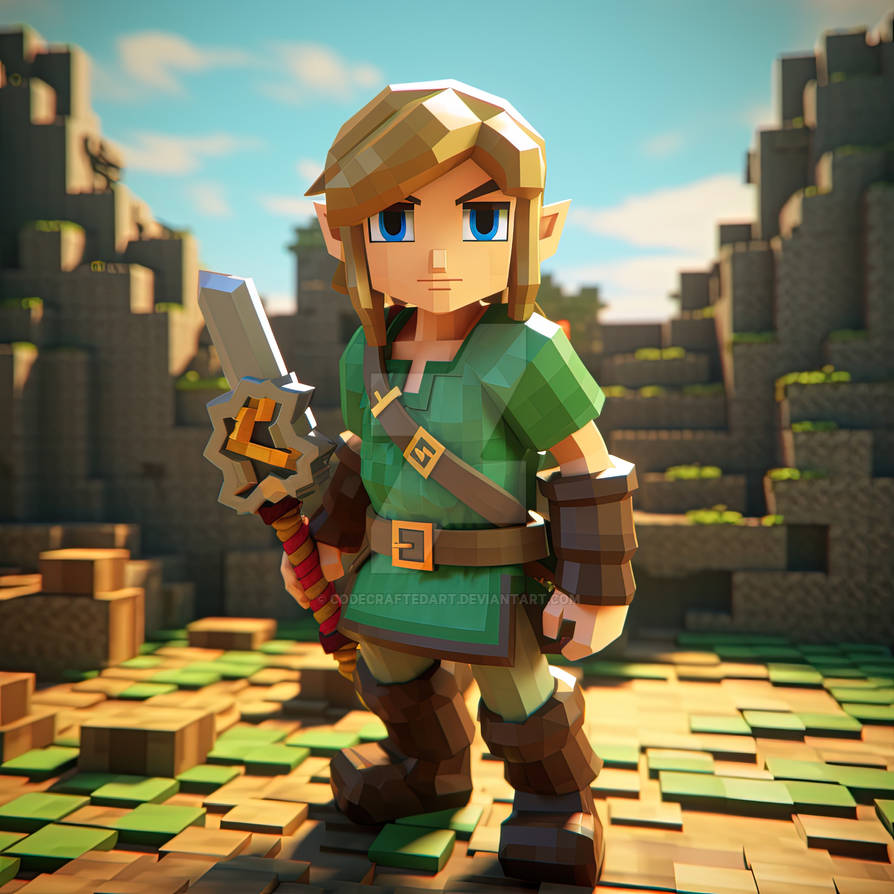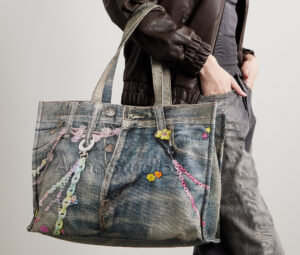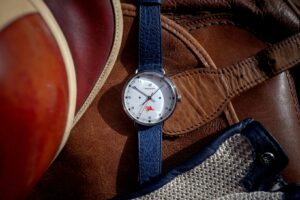Creating a comprehensive overview of the “Minecraft Zelda Edition” concept, as imagined and crafted by artists on DeviantArt, offers an exciting look at the intersection of creativity, gaming, and fan dedication. DeviantArt, being a hub for artistic expression, has long been home to imaginative creations inspired by beloved franchises like The Legend of Zelda and Minecraft. This unique fusion of two iconic games is not only visually captivating but also serves as a tribute to the intricate worlds of Hyrule and the open-ended creativity of Minecraft. In this exploration, we’ll delve into the features, inspirations, and possibilities of this unofficial concept, highlighting the artistry, gameplay mechanics, and community impact.
The Origins of Minecraft Zelda Edition
Minecraft and The Legend of Zelda share a common thread in their open-world exploration and focus on adventure. Minecraft’s blocky sandbox provides a perfect canvas for recreating the lush environments of Hyrule, its iconic dungeons, and recognizable landmarks like Hyrule Castle, the Temple of Time, and Death Mountain.
Artists on DeviantArt have taken this synergy a step further, crafting custom maps, mods, and texture packs that transform Minecraft into a Zelda-like experience. These projects often begin as personal tributes to the Zelda series but evolve into collaborative efforts, with creators pooling their skills in 3D modeling, texture design, and game mechanics scripting.
One of the earliest inspirations for blending the two games comes from their shared themes: adventure, problem-solving, and a sense of discovery. For Zelda fans, recreating their favorite locations in Minecraft serves as a way to relive nostalgic moments while exploring them in an interactive format.
Features and Elements of Minecraft Zelda Edition
The Minecraft Zelda Edition imagined by DeviantArt creators goes beyond mere aesthetics. It combines visual elements, gameplay mechanics, and story-driven adventures to create a holistic experience. Below are some of the key features typically found in these projects:
Custom Maps
Custom maps are perhaps the most common expression of the Zelda-Minecraft crossover. These maps replicate iconic locations from various Zelda games, such as Ocarina of Time, Breath of the Wild, or Twilight Princess. Artists meticulously construct each landmark, ensuring details like architecture, landscape design, and spatial layout closely resemble their in-game counterparts.
For instance:
•Hyrule Castle: Builders replicate the grandeur of Hyrule Castle, complete with winding corridors, throne rooms, and hidden passages.
•Kakariko Village: Recreated as a peaceful hub, this village often features functional shops and interactive NPCs for added immersion.
•Dungeons: Zelda-inspired maps often include puzzle-laden dungeons with redstone-powered traps and challenges, mimicking the gameplay of the original series.
Texture Packs
Texture packs are another integral component, transforming Minecraft’s blocky visuals into a Zelda-themed aesthetic. These packs replace standard Minecraft textures with Zelda-inspired designs:
•Weapons and Tools: Swords resemble the Master Sword, shields take the form of the Hylian Shield, and bows mimic Link’s famous arsenal.
•Mobs: Common Minecraft mobs like skeletons and zombies are reskinned to represent Zelda enemies, such as Stalfos or Bokoblins.
•Environment: Grass, stone, and foliage are retextured to reflect the vibrant, lush style of Hyrule, enhancing the player’s immersion.
Mods and Gameplay Tweaks
Mods elevate the gameplay by introducing Zelda-specific mechanics into Minecraft. Developers often integrate elements like:
•Rupees: Replacing Minecraft’s emeralds with rupees, complete with custom textures and sound effects.
•Items: Usable items like the Hookshot, Bombs, and Ocarina are added, allowing players to interact with the environment in creative ways.
•Health System: Some mods replace Minecraft’s health bar with Zelda-style heart containers, which can be upgraded by completing challenges or finding heart pieces hidden throughout the map.
Quests and Storylines
A true homage to The Legend of Zelda involves recreating its narrative depth. Many Minecraft Zelda Edition projects include storylines and quests that guide players through an adventure. These quests often involve rescuing NPCs, defeating bosses, and uncovering secrets, much like in the original Zelda games.
Artistic Expression on DeviantArt
DeviantArt artists have made significant contributions to the Minecraft Zelda Edition concept. Here, creators share screenshots, videos, and downloadable content for their projects. The platform serves as a collaborative hub where creators exchange ideas, offer feedback, and showcase their progress.
Some notable contributions include:
•3D Models: Artists upload 3D models of characters, weapons, and props from Zelda, designed to be imported into Minecraft using modding tools.
•Pixel Art: DeviantArt is a treasure trove of pixel art inspired by Zelda, with many pieces being adapted into Minecraft textures or banners.
•Concept Art: Many creators share conceptual designs for maps and mods, inspiring others to bring their visions to life.
DeviantArt’s community-driven approach ensures that these projects are constantly evolving. Feedback from fans helps creators refine their work, ensuring a high level of quality and authenticity.
Challenges and Technical Considerations
Creating a Minecraft Zelda Edition is not without its challenges. Artists and modders must navigate technical limitations, such as Minecraft’s blocky aesthetic and engine constraints. Translating the intricate details of The Legend of Zelda into Minecraft often requires compromises, such as scaling down environments or simplifying textures.
Another challenge is maintaining balance between artistic creativity and faithful representation. While some creators strive for one-to-one accuracy, others take liberties with Zelda’s designs to fit Minecraft’s unique style.
Compatibility issues also arise when incorporating mods, texture packs, and custom maps. Ensuring these elements work seamlessly together often requires advanced technical knowledge and extensive testing.
Community Impact
The Minecraft Zelda Edition concept exemplifies the power of fan communities. By blending two beloved franchises, creators and players forge deeper connections to the games they love. These projects encourage collaboration, as fans with diverse skill sets—such as building, coding, and designing—come together to bring their ideas to life.
The concept has also inspired others to explore new creative possibilities within Minecraft. Even players unfamiliar with The Legend of Zelda can appreciate the craftsmanship and ingenuity behind these projects, broadening the appeal of both franchises.
Looking Ahead: The Future of Minecraft Zelda Projects
As technology advances, the possibilities for Minecraft Zelda projects continue to expand. With newer versions of Minecraft offering improved graphics and tools, creators can achieve greater detail and realism in their builds. Additionally, the rise of AI-powered tools and 3D modeling software simplifies the process of creating complex maps and textures.
Cross-platform support and multiplayer capabilities also open up new opportunities for collaborative gameplay. Imagine a Minecraft Zelda server where players work together to complete quests, explore dungeons, and rebuild Hyrule—a testament to the enduring legacy of both games.
Final Thoughts
The Minecraft Zelda Edition, as crafted by DeviantArt creators, is a testament to the boundless creativity of gaming communities. By merging the adventure and storytelling of The Legend of Zelda with the open-ended possibilities of Minecraft, these projects celebrate the best of both worlds. Through custom maps, texture packs, mods, and community collaboration, fans have breathed new life into two beloved franchises, creating experiences that are as innovative as they are nostalgic.
Whether you’re a fan of Zelda, Minecraft, or both, these projects invite you to explore Hyrule in a whole new way. They remind us that gaming is not just about playing—it’s about creating, sharing, and celebrating the stories that bring us together.
No comments yet.








